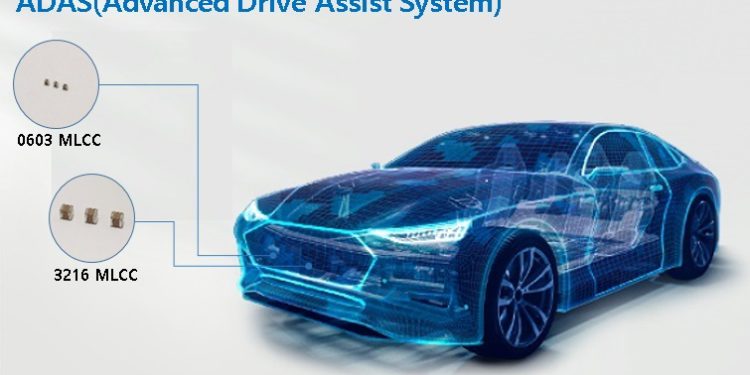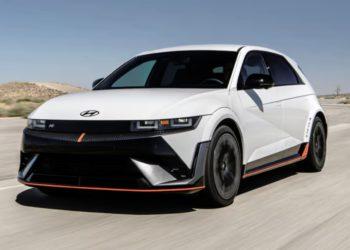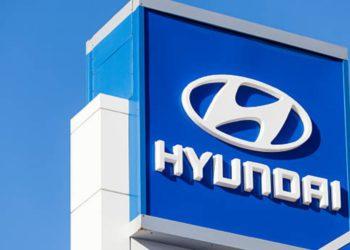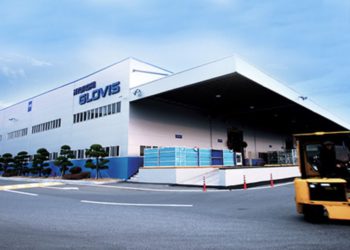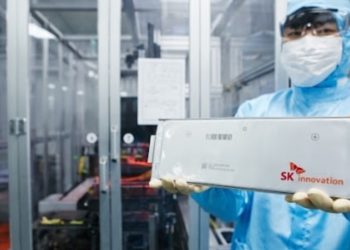Samsung Electro-Mechanics, Samsung Electronic’s component manufacturing side, has developed two MLCCs for self-driving cars.
Multi-layer ceramic capacitors (MLCCs) stabilize the flow of electric current through circuits. They are essential parts of self-driving cars and other electronic devices like smartphones and household appliances.
Importance of MLCCs
Samsung Electro-Mechanics announced on Thursday that it developed one small-sized and one ultra-high-capacity MLCC for advanced driver assist systems, or ADAS. ADAS helps drivers through automated technologies like sensors and cameras by detecting nearby obstacles and responding accordingly, like adjusting the vehicle’s speed to maintain a safe distance from the said obstacles.
As the world transitions towards energy-saving electric vehicles, the demand for high-performance components also increases, so does the requirement for small-sized and high-capacity MLCCs. MLCCs enable the storage and supply of large amounts of electricity that only high-performance semiconductors can operate.
Details of the two MLCCs by Samsung Electro-Mechanics
The small-sized MLCC that Samsung Electro-Mechanics has developed is smaller than any MLCCs currently available for self-driving cars, measuring 0.6 millimeters in length and 0.3 millimeters in width, thus reducing it to a size 64% smaller than its predecessor. Regardless of such a small size, it still maintains the same storage volume of 100 microfarads. Its flexibility has also been significantly increased, protecting it better from external shocks.
This MLCC, called 0603 MLCC, will be used for the electronic control unit in the vehicles, delivering more accurate signals to the drivers by reducing the noise.
The other high-capacity MLCC, called the 47uF MLCC, will maintain a stable power supply within cars. It is 3.2 millimeters in length and 1.6 millimeters in width, with a capacity of 47 microfarads. On the other hand, the current one has only 22 microfarads. Therefore, the 47uF is double its size. To better understand its storage size compared to the 0603 MLCC, one microfarad equals 1,000 nanofarads.
“Samsung Electro-Mechanics will develop and manufacture key materials for MLCCs to strengthen our technological competitiveness and boost our production capacity. This will expand our market share in MLCCs for electrical and electronic equipment used in automobiles,” said Kim Doo-young, head of component business at Samsung Electro-Mechanics.
![]()

